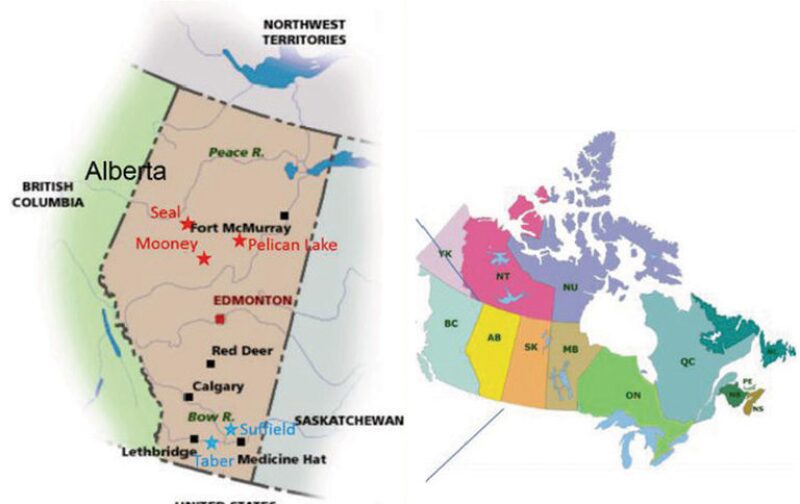Chemical enhanced-oil-recovery (EOR) methods such as polymer and alkaline/surfactant/polymer (ASP) flooding are generally not considered suitable for oil viscosities greater than 100 or 200 cp. However, this perception is changing, in particular because of field results from a number of chemical EOR pilots or full-field floods conducted in Canada in higher-viscosity oil. The aim of this paper is to review some of these projects.
Introduction
Canada is well-known for its heavy-oil and bitumen reserves. Most of the bitumen reserves are exploited using thermal methods, such as cyclic steam stimulation or steam-assisted gravity drainage, while heavy oil is exploited mostly using cold production methods, such as cold heavy-oil production with sand.
×


Continue Reading with SPE Membership
SPE Members: Please sign in at the top of the page for access to this member-exclusive content. If you are not a member and you find JPT content valuable, we encourage you to become a part of the SPE member community to gain full access.

